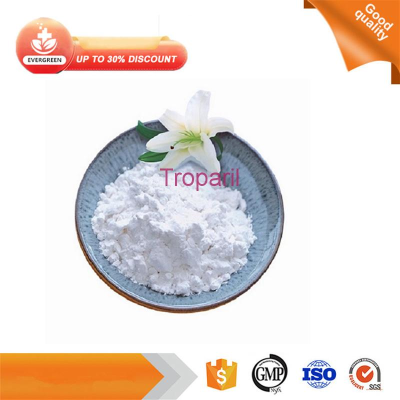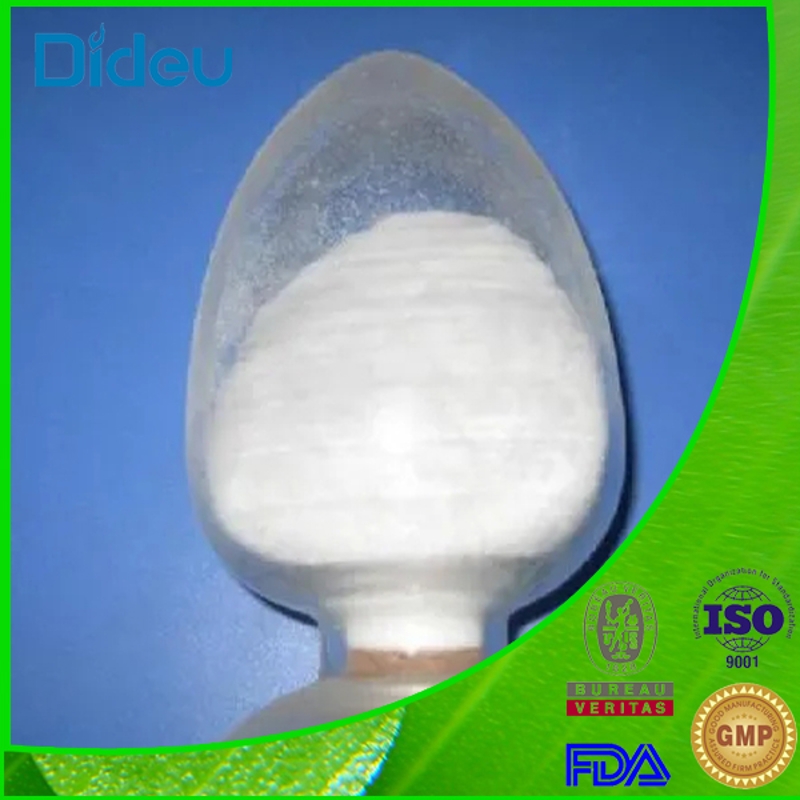-
Categories
-
Pharmaceutical Intermediates
-
Active Pharmaceutical Ingredients
-
Food Additives
- Industrial Coatings
- Agrochemicals
- Dyes and Pigments
- Surfactant
- Flavors and Fragrances
- Chemical Reagents
- Catalyst and Auxiliary
- Natural Products
- Inorganic Chemistry
-
Organic Chemistry
-
Biochemical Engineering
- Analytical Chemistry
- Cosmetic Ingredient
-
Pharmaceutical Intermediates
Promotion
ECHEMI Mall
Wholesale
Weekly Price
Exhibition
News
-
Trade Service
Speaking of Alzheimer's disease, everyone should be no stranger, which is a neurodegenerative disease that occurs in old age or early senile age, also called Alzheimer's disease, with dementia as the main manifestation
.
At present, the etiology and pathogenesis of Alzheimer's disease are not fully understood, and effective treatment drugs
are lacking.
It is worth noting that in patients with Alzheimer's disease, the prevalence of women is almost twice that of men, why this sex difference?
A study published in Science Advances titled "Mechanistic insight into female predominance in Alzheimer's disease based on aberrant protein Snitrosylation of C3" suggests a possible explanation
.
The study is the first to compare changes in levels of NO-modifying protein in the brains of men and women with Alzheimer's disease, and found that female patients had higher levels of S-nitrosylation of complement factor C3 in their brains than men
.
1126/sciadv.
ade0764
protein is a post-translational modification in which the NO group binds to the cysteine thiol/thiogroup to influence
protein activity, localization, conformation, or interaction with other proteins 。 SNOs of some proteins may play a key role in the pathogenesis of various neurodegenerative diseases, such as several key proteins and pathways associated with Alzheimer's disease (AD) that are associated with SNOs of proteins, particularly complement factor (C3).
C3 protein plays a key role in the innate immune system and is one of
the most abundant S-nitroso proteins in the AD brain.
In order to explore the effect of AD sex differences on protein SNO, scientists used semi-quantitative proteomic analysis techniques to identify SNO proteins
in the brains of Alzheimer's patients.
The study enrolled a sample of 40 human brains with relatively short postmortem time, one with AD (10 women and 10 men) and one without AD (10 women and 10 men), who were similar
in age, gender, education and ethnicity.
After analysis, the scientists found nearly 1500 SNO proteins and nearly 3000 SNO sites in 40 samples, among which SNO proteins related to AD processes and pathways were abundant
.
The study is also the first to show that SNOs of proteins may affect the function
of the brains of Alzheimer's patients.
Proteomics studies of SNO proteins in brain tissue of male (M) AD and female (F) AD and non-AD patients Image source: DOI 10.
1126/sciadv.
ade0764
The scientists further analyzed the SSO proteins of AD patients and identified 285 proteins that were SNO only in male AD brains, 245 proteins that were SNOs only in female AD brains, and 77 SNO proteins that were common
to both men and women.
By analyzing the differences in molecular processes in the brains of male and female AD, it was found that the proteins of these SNOs are all closely related to AD, but their specific pathways related to AD are not exactly the same
.
For example, in the brain of male AD, scientists have observed significant abundance of SNO proteins associated with cross-synaptic signaling and synaptic transmission, as synaptic loss is important
for cognitive decline in AD.
In the brains of female AD, the pathway of the respiratory electron transport chain, which is closely related to oxidative stress, was found to be significantly rich in SNO protein
.
Extensive studies have also shown a direct relationship
between oxidative stress and synaptic dysfunction in AD patients.
The specific differences in their pathways are shown below
.
Systematic biology analysis of
differences in the S-nitroso proteome in the human brain of men and women with Alzheimer's disease.
(B and C) SNO protein pathways
unique to male AD (B) and female AD (C).
(D) SNO protein pathways
common to male and female AD.
Image Credit: DOI 10.
1126/sciadv.
ade0764
The scientists further observed that SNO proteins associated with the complement pathway are abundant
in the brains of both male and female Alzheimer's patients.
However, the SNO response of the C3 protein, which represents the convergence points of various complement cascades, occurs mainly in the brains of female AD, where the SNO of the C3 protein is significantly increased
.
The amount of SNO-C3 in women's AD brains was 34.
2 times higher than in women's non-AD control brains, while men's AD brains were only 5.
6 times
more SNO-C3 than in their non-AD control brains.
In addition, a locus on C3 (Cys720) is the main site of SNO in AD brains, which has a higher degree of SNO in female AD brains than in men
.
These data all explain why the disease is predominantly female
.
Previous results have also shown that SNO at the C3 locus (Cys720) triggers an increase in phagocytic function of synaptic membrane microglia, which is similar
to a key pathological feature of AD.
Therefore, in order to study the effects of this nitrosation event mechanistically, scientists used a microglial model system to explore
it.
In microglia, β-estradiol inhibits NO production and therefore blocks the inflammatory response
.
The researchers found that physiological levels of β-estradiol inhibited the production of C3 nitrite, suggesting that β-estradiol may protect women from the SNOs of the C3 protein
.
However, in women, as estrogen levels decrease after menopause, β-estradiol levels are greatly reduced, so SNO levels of C3 increase, resulting in increased synaptic phagocytosis, which leads to synaptic loss and subsequent cognitive decline
.
SNO of C3 in female AD brain increases synaptic phagocytosis in human microglia Credit: DOI 10.
1126/sciadv.
ade0764/
Finally, the scientists add that this study identified a variety of abundant SSO proteins in the brains of male and female AD and compared them with their respective non-AD controls, which may be clues to the pathogenesis of AD or previously undiscovered therapeutic targets
.
In conclusion, the results of this study systematically analyze the protein S-nitrosylation in the postmortem brain of AD patients and find that the SNO of the protein regulates complement (C3) activity in a gender-dependent manner, thereby playing an important role
in the pathogenesis of AD.
This explains some of the reasons for the gender difference in the prevalence of Alzheimer's disease, and provides reference value
for the prevention and treatment of Alzheimer's disease.
Source: | Biovalley Written by | Nana Hill,
edited by | CICI
Click "Read Original" below to download the Mace Medical APP!







